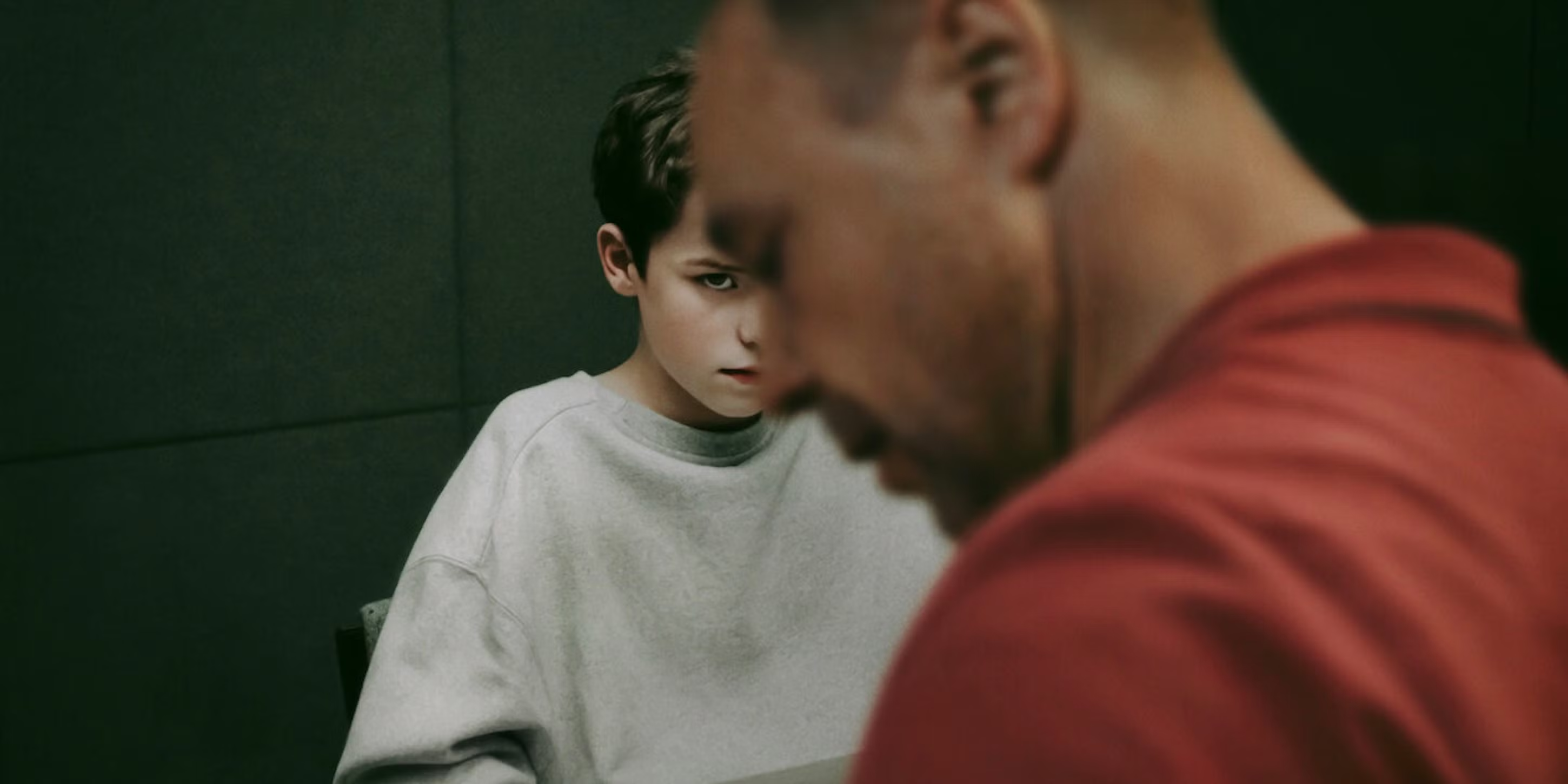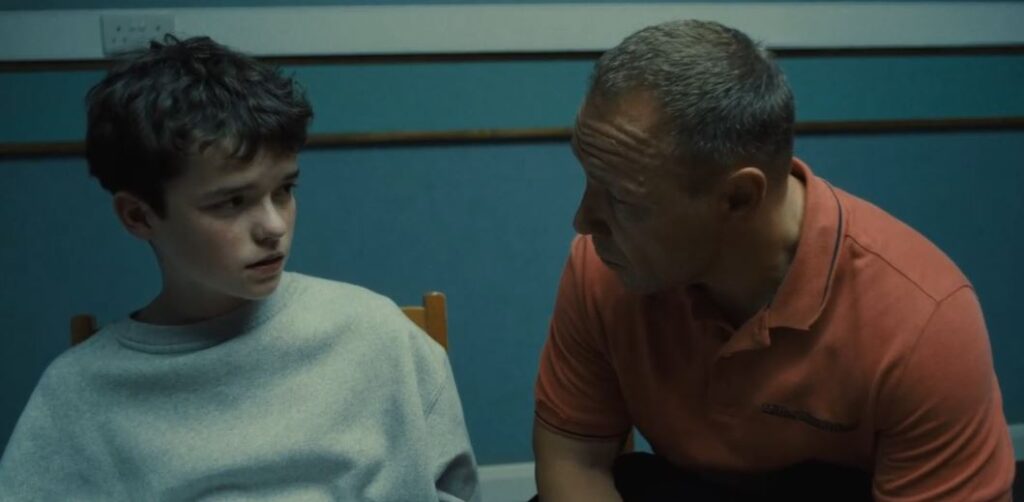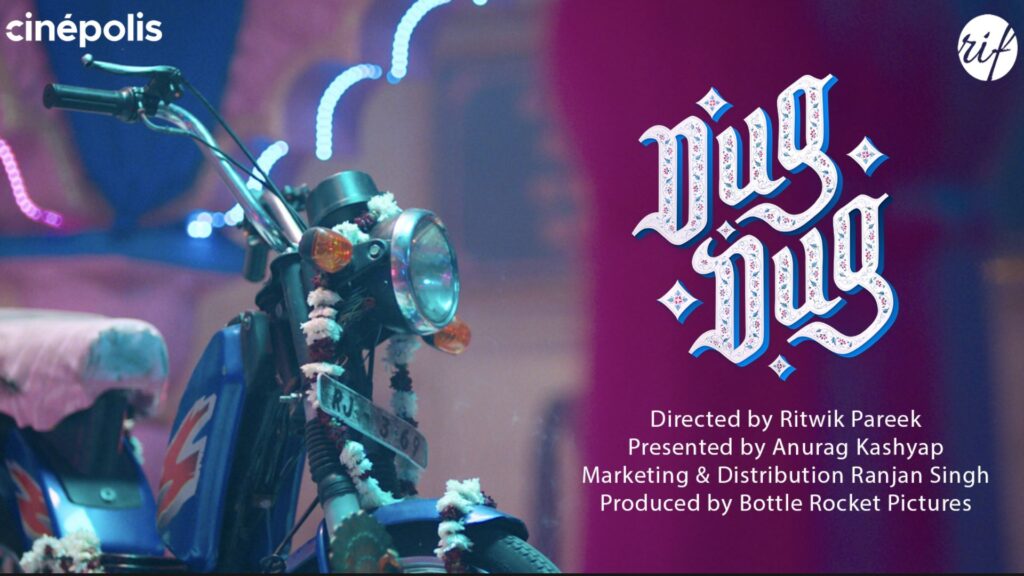Netflix’s Adolescence is less a TV show and more a claustrophobic, immersive experiment in cinematic realism. In its brazen one-shot-per-episode approach, the show compels the viewer into the disorienting realm of Jamie Miller, not as an observer but as a reluctant participant in his psychological collapse. The uninterrupted cinematography simulates the relentless quality of memory – imperfect, nonlinear, and unavoidable. The method has been compared to that of Sam Mendes’ 1917, but whereas 1917 used its uninterrupted following shots to impersonate grandness and scale, Adolescence uses them to engineer a claustrophobic, near-voyeuristic close-up. Interestingly, the cinematographer of Adolescence, Eliot Deakins, is the nephew of Roger Deakins, the iconic DP of 1917 and Blade Runner 2049. Deakins allegedly employed a hybrid stabilization method using drone-mounted gimbal rigs to deliver shots that were previously impossible for television.

Adolescence is a success both in form and substance, yet it is not without its moral and ethical dilemma. Whilst its aesthetic genius pushes the boundaries of television drama, the ethical challenges about its emotional manipulation and its handling of trauma cannot be dismissed. Adolescence is a timely and frightening look at what it means to live under perpetual
observation. It is a shadowy mirror held up to our own world – one that is every bit as voyeuristic as it is exposed. The series coincidentally is a criticism of how technological sites warp ideas and substitute material connection with material, algorithm-driven fiction.
It reveals how ubiquitous exposure to technology frames the actual definition of self, robbing humans of control. Here, Jamie Miller, the protagonist of our story, is never merely human; he’s a commodity, a spectacle, and an exhibition piece for the voyeur audience. The format of the show reflects this loss of agency – its single-episode-per-episode structure mercilessly traps audiences in Jamie’s life, holding them captive just as Jamie is held captive in a digital echo chamber. The most powerful aspect of Adolescence is the terrifyingly accurate portrayal of how digital monitoring distorts the truth. This not only pertains to the doubtful validity of video evidence but also broaches the much broader concern of media’s ability to construct reality, an issue that has permeated public discussion in the wake of the emergence of deep-fakes. The distortion implies a larger commentary on the way society readily embraces versions of reality that are “curated” or altered by forces unseen, an observation echoed in the true-life cases of persons whose lives were actually changed by false information – sometimes even to their own destruction.
One of the most problematic elements of Adolescence – the ethical tension it holds with trauma – lies not only in the representation of trauma, but in how it positions the relationship between
audience and character. How can we, as spectators, ethically respond to such intimate portrayals of pain without diminishing the experience to something akin to entertainment or, worse,
voyeurism? This is an especially urgent concern when examining how much time the camera and the story spends on Jamie’s breakdowns. The morality of showing trauma depends on the edge between representation and manipulation. Trauma is undoubtedly a part of the human experience – particularly in the formative years of adolescence – but there is a critical burden in how it is presented. The limits of ethical filmmaking are pushed when a show appears so desperate to catch each emotional subtlety that it threatens to turn actual pain into something staged, packaged, and ultimately bought out for the sake of the audience to consume. Hence, the contrast with Linklater’s Boyhood is a strong one in terms of how each movie treats the passage of time and the emotional development of their characters. This does pose an important question regarding how much we can, or indeed should, watch trauma without ever cutting away or interrupting. Does this unflinching look into the depths of the character’s pain ultimately do the story justice, or does it threaten to cross over a boundary into exploitation? The movie, at moments, is almost more of an exploration of control of emotion rather than a gut-wrenching encounter with vulnerability. Adolescence doesn’t merely illustrate Jamie’s breakdown – it indulges in it. The five-minutes’ close-up of a breakdown in the last episode not only draws attention to his mental deterioration but also emotionally manipulates the audience, similarly to how Requiem for a Dream emotionally manipulated the audience with addiction. It’s an extended shot that provokes ethical concerns: Is the series attempting to trigger empathy, or is it merely employing shock value to drag out cringe? This is complemented by Matthias Schonberg’s divisive score, said to employ ultrasonic frequencies to create anxiety.The unease replicates the ever-present pressure of being observed, mirroring the vulnerability and psychological strain of existing under surveillance. An experimental sound designer, Schonberg is said to have included ultrasonic frequencies in the show’s soundtrack – an audio technique intended to create low-level anxiety in listeners.

Adolescence is not only Jamie’s story; It’s a brutal reminder of the seedy underbelly of digital intimacy, where algorithms weave personal stories, and cyberbullying pieces people apart.
The influence of the show on the television landscape is monumental, with people comparing it to Twin Peaks and The Wire, both of which revolutionized serialized storytelling. Its influence,
however, goes beyond simple artistry – British educators have started incorporating the show’s discussion in media literacy classes, highlighting the threats posed by online narratives dictating real-life occurrences. The use of actual cases of online harassment in the marketing campaign of the show provided an added layer of authenticity; some viewers were even tricked into thinking Jamie was an actual person, with AI-created deep-fake videos being shared online as part of the show’s marketing strategy. Social media reaction to the show has been unprecedented. The #JamieWasFramed hashtag has grown from casual fan chatter to a full-blown cultural phenomenon. Reddit forums devoted to dissecting the show’s details have been viewed by millions, with some participants insisting they have found secret Easter eggs that suggest an alternate reality in which Jamie’s destiny was otherwise.
Adolescence uses audience involvement as a weapon, confusing viewers and inadvertent participants. The show uses real social media influencers in cameo roles, fusing fictionalized bullying accounts with real Twitter handles that correspond with audiences in real time. This transmedia storytelling strategy, reminiscent of the viral marketing campaign for The Blair Witch Project, has produced a hyperrealistic viewing experience unlike anything previously experienced. Even more intriguing is the show’s application of algorithmic manipulation – Netflix allegedly tweaked its recommendation engine to quietly modify the show’s metadata, displaying alternate title cards and synopses based on a viewer’s browsing history. This would mean that two viewers watching Adolescence could be interpreting Jamie’s narrative in completely different ways, further supporting the show’s main argument: digital truth is never fixed. Its most surprising effect may be the legal controversy it has generated. A motion was brought before the UK Parliament calling for tighter controls on AI-created deep fake evidence used in court cases, a subject the series addresses in its disturbing third episode.
However, its moral issues regarding the presentation of trauma cannot be ignored. Though the scrupulous control over its form presents an innovative work of art, it does so at the expense of emotional realism, downgrading the crudity of Jamie’s collapses to an acted performance. The deliberate distance between character and audience, though fascinating from a cinematic perspective, creates disturbing questions about the commodification of pain. Is this moral asymmetry depreciating the value of the program? The clinically sterile emotional setup leaves one with a lingering sense that the pain depicted is a spectacle. The moral transgressions, in my opinion, far surpass the technical feats of the show, making it more difficult to fully accept the emotional heart of the narrative. In an effort to achieve perfection of form, Adolescence possibly lost the humanity it attempted to examine.


